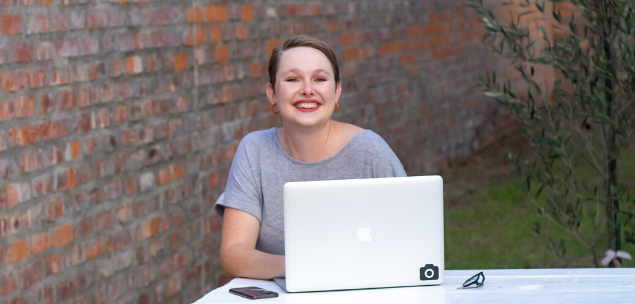David Piggot talks us through his opinion of the new world of work – in terms of working from home, flexibility and technology – post pandemic.
Whether it’s working at the kitchen table or balancing your laptop on an ironing board, by now we have all figured out a way to make our at-home office set-ups work for us.
The question on everyone’s mind is the same – when things settle down, what will the ‘new normal’ be for the future of work?
For the majority of Google’s employees, the new normal is a home office, with the CEO announcing they’ll likely work from home until the end of the year. Similarly, Twitter has just announced its employees can work from home ‘forever’ if they wish.
COVID-19 has accelerated digital transformation and as a result, business leaders are opting for a decentralised workforce that enables employees to work from anywhere. This post-COVID flexibility hosts a range of benefits for employees with work/life balance likely at the top of the list. With industry heavy weights like Google, Facebook and Twitter leading the pack, others will surely follow.
So, what will the post-pandemic normal look like in the workplace and beyond?
Working from home as the new standard
Research conducted by the Centre for Future Work found around 15 per cent of Australian workers currently have the option of working remotely full-time. However, with COVID-19 forcing rapid business continuity, that’s expected to double as organisations adapt to a remote working model.
Now that businesses have been forced into a work-from-home setup, it’s likely that organisations will implement this model long term. From an employee perspective, this provides greater flexibility, while having a positive impact on health outcomes. For organisations, remote working allows for increased digitisation and real-estate cost savings.
However, for remote working to be successful, organisations must invest in technology infrastructure and collaboration tools that support this new way of working.
Related:
Boosting productivity and employee happiness
For many organisations, the digital transformation created by COVID-19 has revealed gaps in IT infrastructure, workforce planning and digital upskilling. Technology – coupled with employee learning programs – is key to addressing these challenges. For example, the rapid deployment of cloud communication applications together with mobile compute capability, personal headsets certified to deliver clear communication and high speed data network to the home allow the home worker to communicate well with their colleagues, customers and suppliers.
However, it’s no surprise that employees are finding it more difficult to ‘switch off’ and engage with colleagues while working remotely. Therefore, organisations are shifting towards virtualised workspaces that are humanised, with supporting technology (for example advanced web camera technology) to improve employee engagement and happiness.
The workplace design of the future
As the remote working model becomes ubiquitous, employees and workers will be designing a more permanent office space within their homes.
As a result, contactless office spaces will increase, as health-centric design reimagines the ‘traditional’ offices environment, and voice control technology plays a crucial role in day-to-day operations. Smart offices of the future will be fuelled by new and exciting technologies. Virtual collaboration and remote work will become more natural, with devices being more than just gateways for voice or video.
Whether you’re a remote working evangelist, or missing the ‘traditional’ office environment, there’s no denying the future of work is increasingly contactless. Organisations embracing this change will reap the benefits for both employees, as well as the bottom line.
David Piggott is the Managing Director ANZ, at Jabra.
Keep up to date with our stories on LinkedIn, Twitter, Facebook and Instagram.

